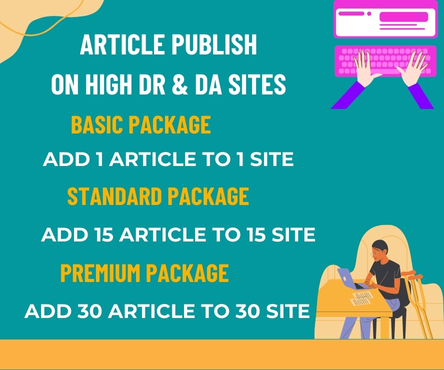In today’s digital landscape, having a well-structured website is essential for both user experience and search engine optimization (SEO). A well-organized website architecture not only helps search engines crawl and index your site more effectively but also enhances user navigation, leading to higher engagement and conversion rates. In this article, we will explore the key components of creating an SEO-friendly website architecture. https://weddingphotographerwebdesign.com/
1. Understanding the Importance of Website Architecture
Website architecture refers to the way your website is structured and organized. It encompasses the layout of your pages, the hierarchy of content, and the navigation system. A clear and logical architecture is essential for several reasons:
- Improved Crawlability: Search engines use bots to crawl websites. A well-structured site makes it easier for these bots to find and index your content.
- Enhanced User Experience: A logical flow of information helps users find what they are looking for quickly, reducing bounce rates and increasing the likelihood of conversions.
- Better Link Equity Distribution: A good architecture allows for effective internal linking, which helps distribute link equity throughout your site.
2. Planning Your Website Structure
Before diving into the technical aspects, it’s essential to plan your website structure. Here are some steps to consider:
a. Define Your Goals
Identify the primary goals of your website. Are you looking to sell products, provide information, or generate leads? Your goals will influence the structure of your site.
b. Create a Sitemap
A sitemap is a visual representation of your website’s structure. It outlines the main pages and subpages, helping you visualize how users will navigate your site. Tools like Google Drawings or online sitemap generators can assist in creating a sitemap.
c. Organize Content Hierarchically
Organize your content in a hierarchical manner, starting with broad categories and narrowing down to specific topics. For example:
- Home
- Products
- Category A
- Product 1
- Product 2
- Category B
- Product 3
- Blog
- Topic A
- Topic B
- About Us
This structure allows users and search engines to understand the relationship between different pages.
3. Optimizing URL Structure
A clean and descriptive URL structure is vital for SEO. Here are some best practices:
- Use Keywords: Incorporate relevant keywords into your URLs to improve search visibility. For example, instead of
www.example.com/page1, usewww.example.com/seo-friendly-website-architecture. - Keep It Short: Shorter URLs are easier to read and share. Aim for simplicity while ensuring clarity.
- Use Hyphens: Separate words in URLs with hyphens rather than underscores. For example, use
seo-friendlyinstead ofseo_friendly.
4. Implementing a Logical Navigation System
A user-friendly navigation system is crucial for guiding visitors through your site. Consider the following:
a. Main Navigation Menu
Your main navigation menu should include links to the most important pages of your site. Limit the number of items to avoid overwhelming users. A typical menu might include:
- Home
- Products
- Blog
- About Us
- Contact
b. Breadcrumb Navigation
Breadcrumbs provide users with a trail of links that show their current location within the site hierarchy. This feature enhances user experience and helps search engines understand your site structure.
c. Internal Linking
Internal links connect different pages within your website. They help distribute link equity and guide users to related content. Use descriptive anchor text for internal links to improve SEO.
5. Optimizing for Mobile
With the increasing use of mobile devices, it’s essential to ensure your website is mobile-friendly. Google prioritizes mobile-first indexing, meaning it primarily uses the mobile version of your site for ranking. Here are some tips:
- Responsive Design: Use a responsive design that adapts to different screen sizes.
- Fast Loading Times: Optimize images and minimize code to improve loading speeds on mobile devices.
- Touch-Friendly Navigation: Ensure buttons and links are easy to tap on mobile screens.
6. Monitoring and Updating Your Architecture
Creating an SEO-friendly website architecture is not a one-time task. Regularly monitor your site’s performance and make updates as needed. Use tools like Google Analytics and Google Search Console to track user behavior and identify areas for improvement.
a. Analyzing User Behavior
Look at metrics such as bounce rates, average session duration, and page views to understand how users interact with your site. If certain pages have high bounce rates, consider revising their content or structure.
b. Updating Content Regularly
Keep your content fresh and relevant by regularly updating existing pages and adding new content. This practice not only improves user engagement but also signals to search engines that your site is active.
Conclusion
Creating an SEO-friendly website architecture is a fundamental aspect of digital marketing. By planning your structure, optimizing URLs , implementing a logical navigation system, and ensuring mobile-friendliness, you can significantly enhance both user experience and search engine visibility. Regular monitoring and updates will keep your site relevant and effective in achieving your business goals. A well-structured website not only attracts visitors but also encourages them to stay longer, explore more, and ultimately convert into loyal customers. Prioritizing these elements will set a strong foundation for your online presence and drive sustainable growth.

